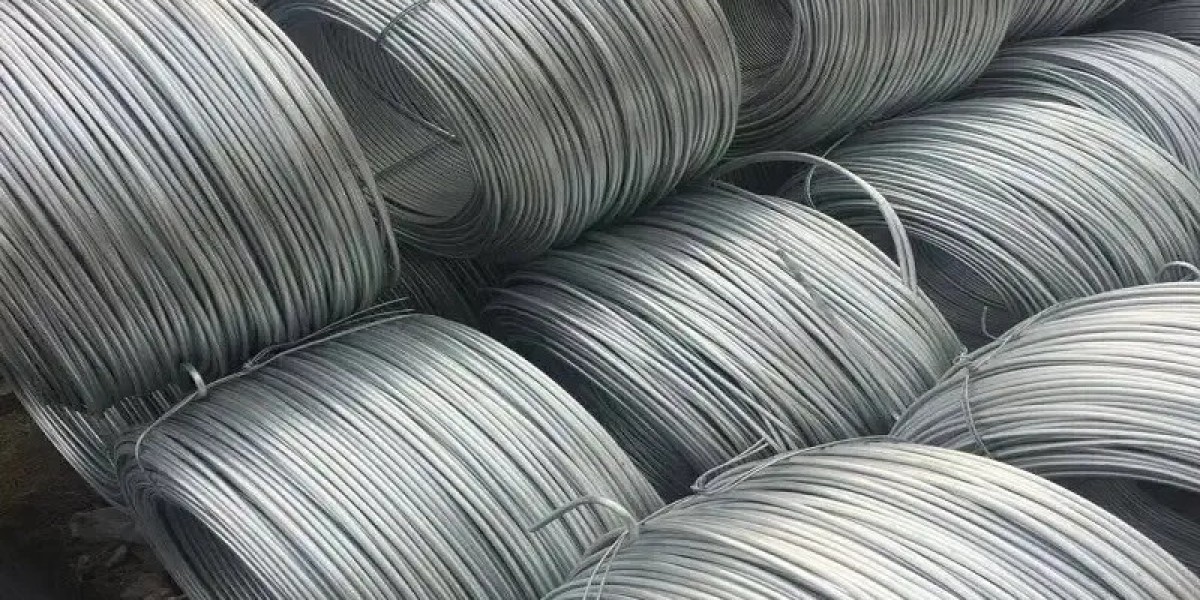Galvanization is a critical process in the metalworking industry, particularly for round steel, as it provides essential protection against corrosion. This comprehensive guide will delve into the galvanization process, its benefits, and its applications, ensuring you understand how it enhances the longevity and durability of round steel products.
What is Galvanization?
Galvanization refers to applying a protective zinc coating to iron or steel to prevent rusting and corrosion. The most common method of galvanization is hot-dip galvanizing (HDG), where steel is immersed in molten zinc at high temperatures. This process creates a metallurgical bond between the zinc and the steel, resulting in a robust protective layer.

Importance of Galvanization
The primary purpose of galvanization is to protect steel from environmental factors that lead to corrosion. Corrosion can significantly weaken steel structures, leading to safety hazards and increased maintenance costs. By applying a zinc coating, galvanized steel can withstand harsh conditions, making it ideal for various applications.
The Galvanization Process
The galvanization process involves several critical steps that ensure the effective coating of round steel. Understanding these steps can help you appreciate the intricacies involved in producing high-quality galvanized products.
1. Surface Preparation
Surface preparation is crucial for achieving a strong bond between the zinc and the steel. The following steps are typically involved:
Degreasing: The first step involves removing oils, grease, and other contaminants from the surface of the steel. This is usually done using alkaline or acidic solutions.
Pickling: After degreasing, the steel is immersed in an acidic solution (often hydrochloric acid) to remove mill scale and rust. This step ensures that the surface is clean and free from any oxides that could impede the galvanizing process.
Fluxing: The final preparation step involves applying a flux solution, commonly zinc ammonium chloride. This solution helps prevent oxidation of the cleaned steel surface before it enters the molten zinc bath.
2. Galvanizing
Once the surface preparation is complete, the steel is ready for galvanizing:
Immersion in Molten Zinc: The prepared steel is dipped into a bath of molten zinc at approximately 450°C (842°F). During this immersion, a chemical reaction occurs between the zinc and iron in the steel, forming several layers of zinc-iron alloy along with an outer layer of pure zinc.
Reaction Dynamics: The reaction between zinc and iron is exothermic and occurs rapidly at first. As time progresses, this reaction slows down significantly. Typically, immersion lasts about four to five minutes for most applications, but heavier items may require longer immersion times.
3. Cooling and Inspection
After galvanizing, the coated steel must be cooled:
Cooling: The galvanized steel is removed from the molten zinc bath and allowed to cool naturally or may be quenched in water to speed up cooling. This step solidifies the coating and enhances its adherence to the base metal.
Inspection: Finally, a thorough inspection is conducted to ensure that the coating meets specified thickness requirements and quality standards. Visual inspections are often supplemented by magnetic thickness gauges to verify uniformity across all surfaces.
Benefits of Galvanized Round Steel
Galvanized round steel offers numerous advantages that make it a preferred choice in various industries:
1. Corrosion Resistance
The primary benefit of galvanization is its exceptional resistance to corrosion. Zinc acts as a sacrificial anode; when exposed to moisture and oxygen, it corrodes preferentially over steel. This property ensures that even if the coating is scratched or damaged, exposed areas remain protected as long as they are within a certain distance from intact zinc.
2. Longevity
Galvanized coatings can last for decades without requiring maintenance, making them cost-effective in the long run. The time until first maintenance can range from 20 to 50 years depending on environmental conditions.
3. Complete Coverage
The hot-dip galvanizing process ensures complete coverage of all surfaces, including hard-to-reach areas inside hollow structures or complex geometries. This comprehensive protection minimizes vulnerability points where corrosion could initiate.
4. Aesthetic Appeal
Galvanized round steel features a distinctive spangled finish that many find visually appealing. This aesthetic quality makes galvanized products suitable for visible applications without additional finishing processes.

Applications of Galvanized Round Steel
https://www.xs-metals.com/Galvanized-round-steel-manufacturer.html finds extensive use across various sectors due to its durability and resistance properties:
1. Construction
In construction, galvanized round steel is commonly used for structural components such as beams, columns, and reinforcements due to its strength and corrosion resistance.
2. Automotive Industry
Many automotive parts are made from galvanized steel to enhance their lifespan against rusting caused by road salt and moisture exposure.
3. Agriculture
In agricultural applications, galvanized round steel is used for fencing, gates, and equipment frames where exposure to weather elements is constant.
4. Infrastructure
Galvanized round steel plays a vital role in infrastructure projects like bridges, highways, and railways due to its ability to withstand harsh environmental conditions over extended periods.
Environmental Considerations
Galvanization is often regarded as an environmentally friendly process compared to other protective coatings:
Recyclability: Zinc-coated products are fully recyclable without loss of material quality.
Low Emissions: The hot-dip galvanizing process produces minimal emissions compared to other coating methods like painting or powder coating.
Sustainability: Using galvanized materials contributes to sustainable construction practices by extending product lifespans and reducing waste associated with frequent replacements.

Conclusion
Understanding the galvanization process for round steel equips you with valuable knowledge about one of the most effective methods for protecting metal against corrosion. With its multi-step approach involving thorough surface preparation, immersion in molten zinc, and rigorous inspection protocols, galvanization ensures that round steel products offer exceptional durability and longevity across various applications.
Galvanized Round Steel: A Cost-Effective Solution for Industrial Applications








